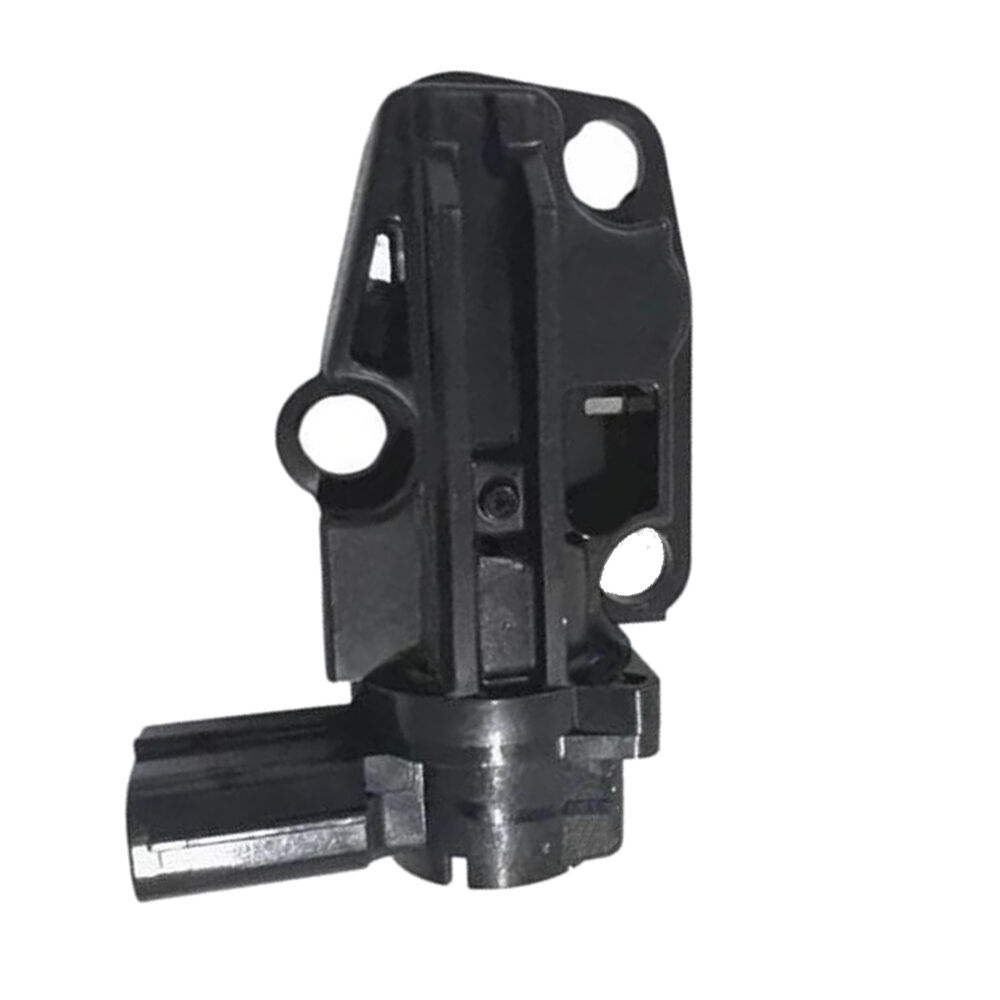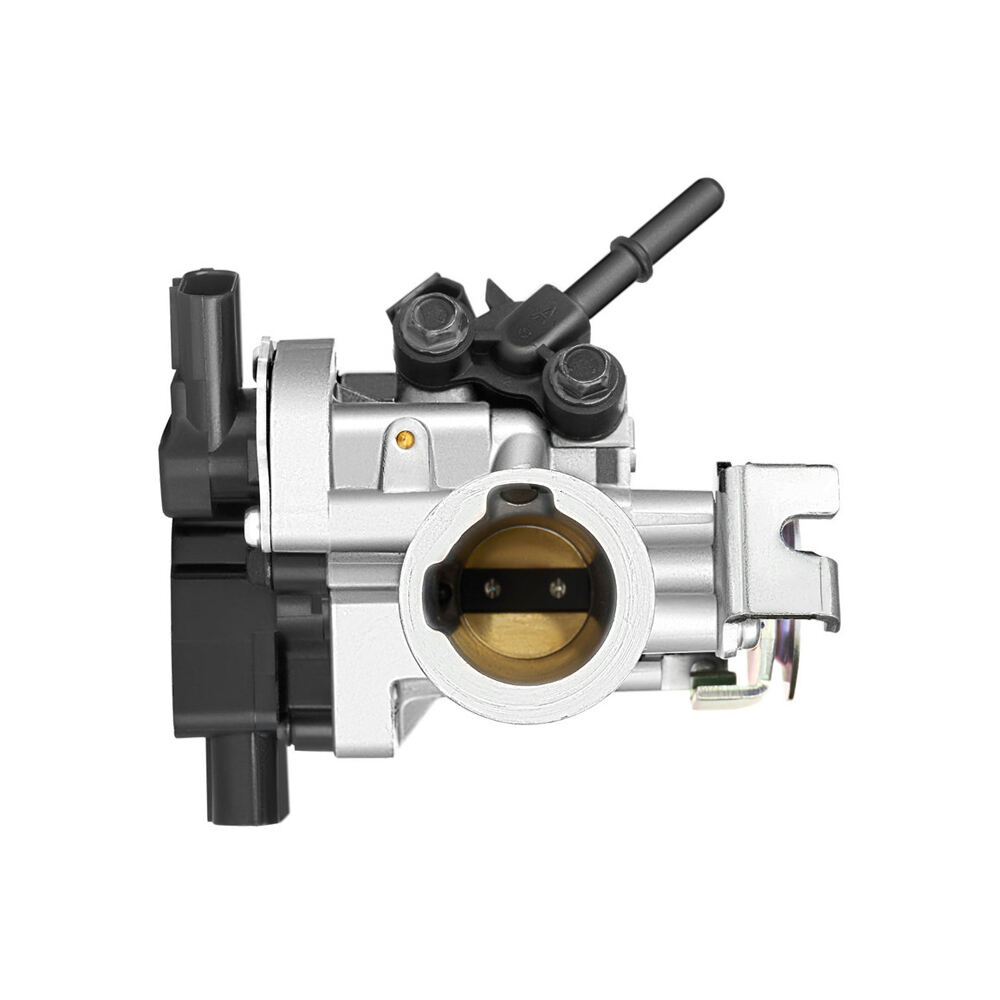map sensor replacement time
The MAP (Manifold Absolute Pressure) sensor replacement time is a critical aspect of vehicle maintenance that directly impacts engine performance and fuel efficiency. This sophisticated component typically requires replacement between 70,000 to 100,000 miles, depending on driving conditions and maintenance habits. The sensor continuously monitors the pressure in the intake manifold, providing essential data to the engine's computer for optimal fuel injection timing and air-fuel mixture calculations. Understanding the appropriate replacement timing is crucial as it helps prevent performance issues such as rough idling, poor acceleration, and decreased fuel economy. Modern MAP sensors utilize advanced pressure-sensing technology, converting atmospheric pressure readings into electrical signals that the engine control unit (ECU) can interpret. The replacement process typically takes between 30 minutes to an hour when performed by a qualified technician, making it a relatively straightforward maintenance procedure. Regular monitoring of MAP sensor performance through diagnostic tools can help identify early signs of degradation, allowing for timely replacement before significant performance issues develop. The sensor's location in the engine bay makes it susceptible to heat and vibration stress, factors that contribute to its eventual wear and necessity for replacement.


